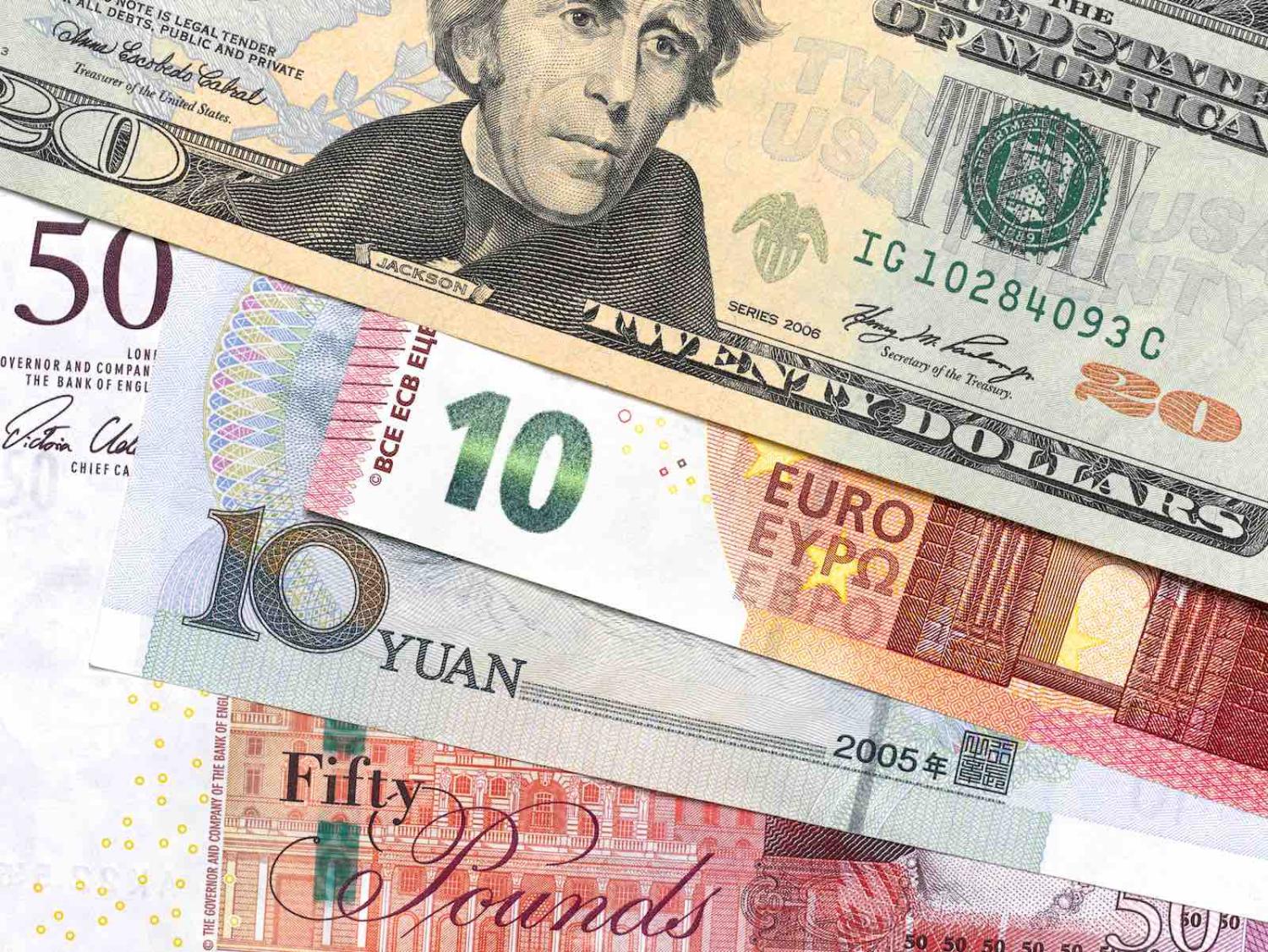The International Monetary Fund is like a priesthood, with long-established beliefs that evolve at a glacial pace. A new managing director presents a rare opportunity for reform. Can Kristalina Georgieva, appointed last October, change the Fund’s doctrinal beliefs?
Writing in the Financial Times, she acknowledges the need for rethinking international capital flows. Since the 1997/8 Asian Crisis, the Fund has been uncomfortable with its earlier vigorous promotion of capital flows. Constrained by its reluctance to abandon its belief in free markets, the Fund has made half-hearted exploration of capital-flow management and exchange-rate intervention. But just what should guide such operations?
The Managing Director draws on research by Gita Gopinath, the Fund’s chief economist, exploring the consequences of denominating export and import prices in currencies other than the domestic currency – usually the dollar. While this may be an interesting issue, it has only peripheral relevance to the problems posed by volatile capital flows.
How is it that after decades of traumatic debt rescheduling, the global economy still has no sovereign debt restructuring procedures?
The central issue, identified earlier by economists such as Helene Rey, is that capital-flow volatility reflects mainly shifts in risk appetite in the capital-supplying counties, largely outside the influence of recipient countries. Without strong anchoring through deep foreign-exchange markets, exchange rates can move radically – as they did in the 1997 Asian crisis. Market behaviour looks more like a bank run than an equilibrating process.
In addressing this, the Fund has discouraged intervention in the foreign exchange market, with the favoured response to both excessive inflows and sudden outflows being to tighten domestic fiscal policy (some say IMF stands for “It’s Mainly Fiscal”). Borrowers in foreign currency are urged to hedge. More recently, macro-prudential policy is seen as a powerful response. Right at the bottom of the policy toolbox, capital-flow management – what used to be derisively called “capital controls” – might possibly be used as a last-resort measure of desperation.
None of this is very satisfactory. Tightening fiscal policy requires cuts in essential budget expenditure. Hedging just shifts the exposure without removing the motivation for capital reversals. Macro-prudential measures should be directed at maintaining financial system stability, not macro-management.
Without much help from the Fund, some emerging economies have developed a sensible practical response. Indonesia is a case in point. When foreign capital suppliers are in “risk-on” optimistic mode, excessive inflow needs to be restrained and the current account deficit kept in check, even if this means trimming domestic growth. Capital-flow management and macro-prudential policies are used to constrain inflows, while modest foreign exchange intervention builds up reserves. When foreign investors shift to “risk-off” mode, vulnerabilities have been lessened because inflows have been smaller and there is some capacity to intervene without distorting domestic activity.
This ad-hoc approach is not ideal. The recipient economy has gone without the benefit of the extra resources that a bigger current account deficit would have provided. Exchange-rate intervention, capital-flow management, and macro-prudential measures distort decisions to some degree. But at least this strategy avoids the greater disruption when fickle foreign sentiment changes.
The Fund’s newfound interest in currency denomination of trade doesn’t have much relevance here. Small countries have long accepted that changing their exchange rate doesn’t affect their terms of trade (the relative price of imports and exports): policy has to operate within this “price-taker” framework.
Of course, the currency denomination of capital flows matters. The advantages of denominating debt in the home currency were explored in the debate on “original sin” in the 1990s. But the immutable vulnerability remains: a current account deficit can only be left to the free market in countries where the exchange rate is strongly anchored by deep foreign exchange markets that can absorb volatile sentiment.
The Fund might more usefully direct its analysis to those countries which have not yet adopted this kind of sensible practical approach to managing capital flows. Argentina might provide a good starting point. Denomination of foreign debt is the least of the issues in a country which has never learned to operate within its external constraint.
Just to clear the decks, the existing debt needs to be settled. How is it that after decades of traumatic debt rescheduling, the global economy still has no sovereign debt restructuring procedures? Every country has its domestic bankruptcy rules which facilitate equitable resolution when debts are unpayable. But internationally, despite promises that “collective action” clauses would bring equitable resolution, vulture funds are still able to do their own special deal on residual debt, leaving other debtors angrily resolving never again to participate in a voluntary rescheduling. Foreign capital flows without effective debt resolution is like Christianity without the threat of hell.
There is plenty of room for reform at the Fund, with the first step being to identify the problems, not seek application for research that just happens to be to hand.

